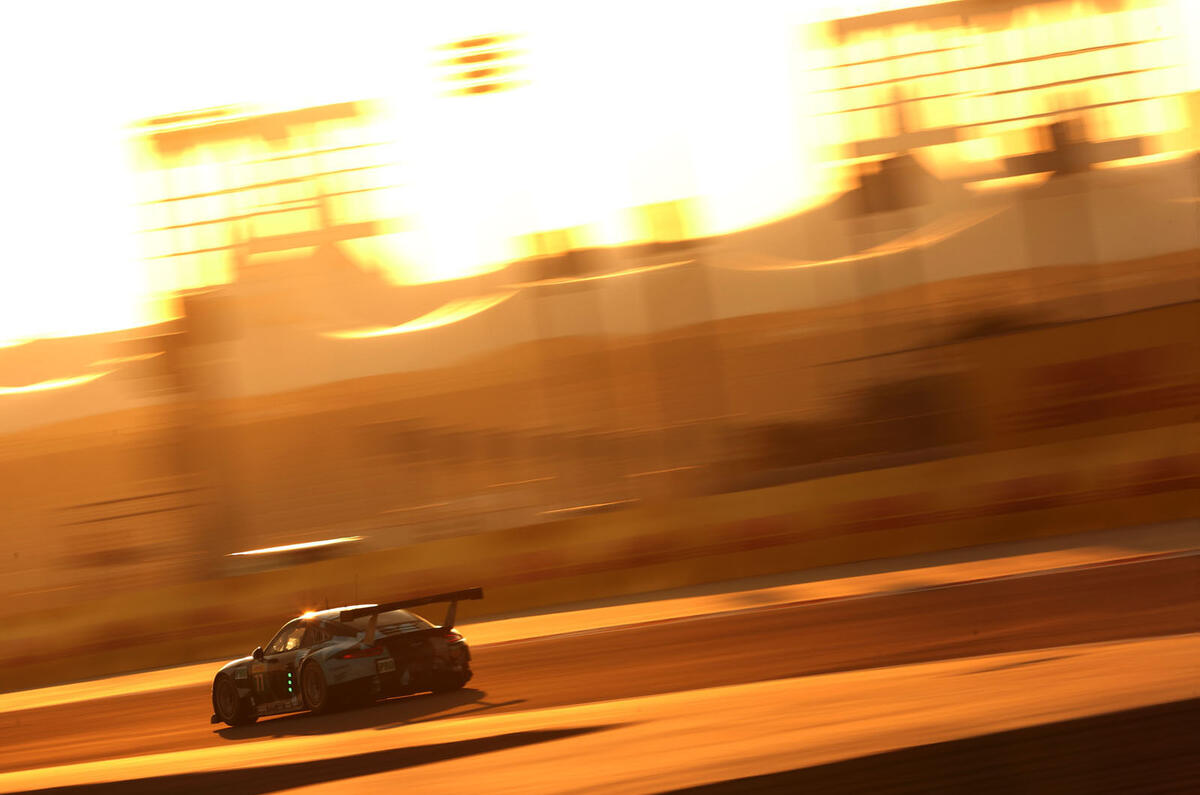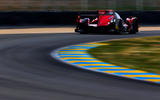Downforce has been increasing the performance of racing cars for more than half a century, turning 50mph corners into 90mph ones and slashing the lap times of single-seaters by so much that even supercars with twice the power look pedestrian by comparison.
“Downforce is basically free grip,” says Matt Beers, director of driver development company Position One Motorsports and team manager and chief engineer of Gulf Racing, which competes in the World Endurance Championship (WEC) with a Porsche 911 RSR. “With the added grip it brings, you can go a lot faster than with just the mechanical grip provided by the tyres. But it’s harder to build up to it; you have to trust it.”
To get an idea of what this free grip feels like, we join Beers and Gulf Racing driver Ben Barker at Position One’s Milton Keynes HQ to get behind the wheel of their state-of-the-art racing simulator. The sim has 360deg rotation and is so realistic that the Gulf drivers use it for training between WEC races.

Strapped into its seat and facing a wraparound screen with the Spa-Francorchamps pitlane ahead certainly convinces your eyes you’re in a proper racing car, while the vibration through the seat as the clutch bites convinces everything else that this is the real deal.
To start, we’re in a 911 GT3 Cup car, basically a junior version of Barker’s 911 RSR but with a little less downforce. However, for someone with zero experience of aerodynamic grip (me), this will apparently feel pretty hardcore. Nevertheless, after a couple of acclimatisation laps, it’s remarkably straightforward to drive.
“You can brake later as you have the downforce grip to lean on,” says Barker through the headset I’m wearing. “Make sure you trail brake into the corner to rotate the car, otherwise it’ll push wide.”















































Add your comment